Producers
-
Description:
Francois Villard was not born into wine; he started out his career as a chef. He grew up between Vienne and Grenoble, in the French countryside. He made his first Condrieu in 1991, a whopping 400 bottles. Today, makes wine from 64 hectares, of which he owns 40 hectares, purchasing fruit from the balance. He makes wine from Côte-Rôtie down to Saint Peray, and a little of everything between: four Condrieu, five Saint-Joseph (red and white), three Crozes-Hermitage, a Cornas, and four Vin de France (Marsanne-Roussanne, Viognier, and two Syrah).
Villard farms sustainably and hopes to be certified organic by 2022. He works his soils and uses organic fertilizers and organic treatments for disease as needed. He’s working with spontaneous fermentations and he’s begun experiments with making wine with very minimal sulfur during vinification and it’s gone well, so he’ll expand on that in the coming years. He has no intention of eliminating sulfur altogether and plans to continue to use a minimum amount of sulfur at bottling. He filters the wines if he needs too, but tries to avoid it.
In terms of style, Villard tends to harvest later than his neighbors, optimizing ripeness. He uses whole clusters during vinification as the stems give freshness to the wine. For his Condrieu, he likes to work with botrytis if possible, but he will only wait if the potential alcohol does not get too high, balance being the key. Villard never chaptalizes his whites (and very rarely the reds) and will make several passes in the vineyards to wait for the fruit to ripen. He’s using barrels and foudres for aging, some new depending on the cuvée. The whites are bounding with succulent fruit, a rich texture, and have a deft balance. The reds strike a nice harmony between red fruit notes and spicy earth, classic Northern Rhône. —Michele Peters, French Portfolio Manager
Image: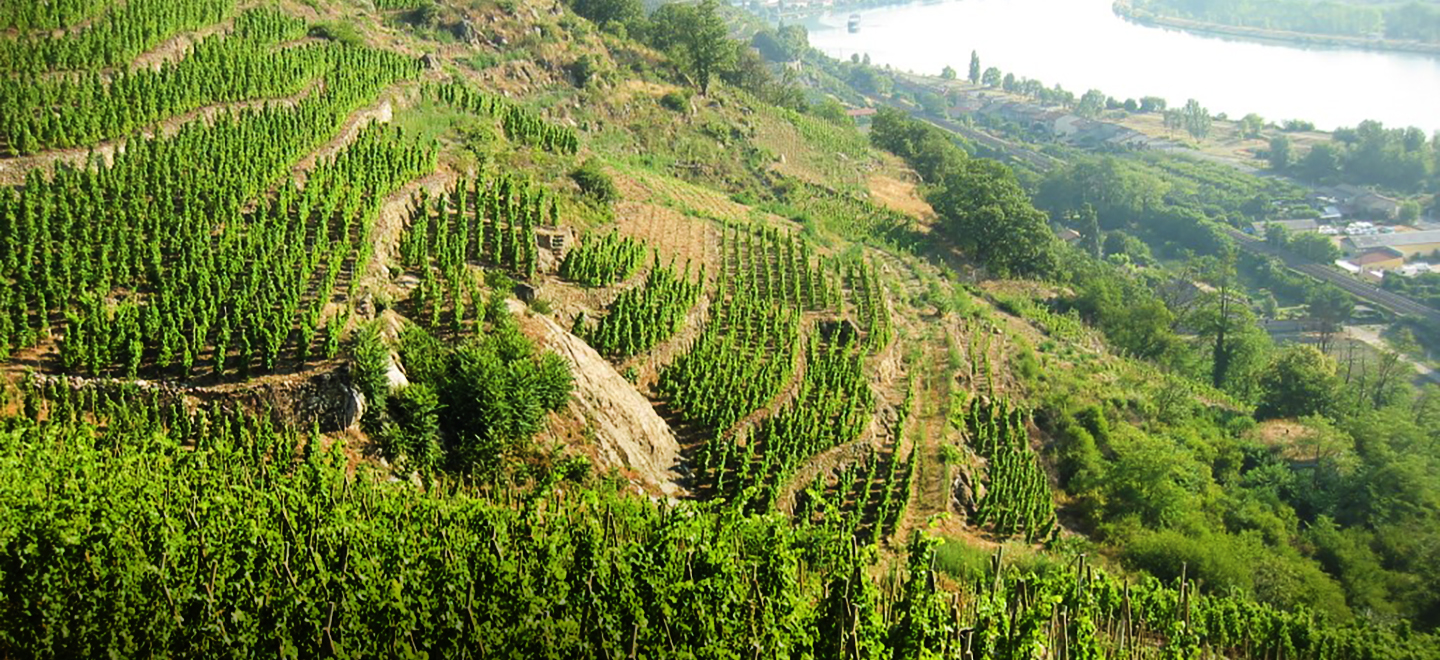 Region:
Region: -
Description:
Fratelli Alessandria is a historic and beloved winery in the village of Verduno. The estate, initially known as Fratelli Dabbene, traces its first commercial wine release back to 1830. From 1870 on, after a marriage, it has been called Fratelli Alessandria.
Verduno has always played an important role in wine production, contributing to what we think of and love as Barolo today. Barolo had been a rustic, semi-sweet wine that did not keep or travel well. The House of Savoy, eventually Italy’s monarchy, owned Castello di Verduno and chose G.B. Burlotto as its official wine supplier. They installed their royal enologist, General Paolo Francesco Staglieno, who—by improving sanitary conditions, keeping barrels covered and topped up, and insisting on long aging—helped transform Barolo into a dry wine, the “wine of Kings.”
Fratelli Alessandria was an active participant in these developments. An article from November 2, 1843, in the Gazzetta Ufficiale of the Associazione Agraria, an initiative of King Carlo Alberto, reports the two golden medals that the winery was awarded. First, “for the improvement in winemaking…and for the successful expeditions of their wines overseas.” The second one, obtained along with Count Camillo Benso Cavour (who would also become Italy’s first prime minister), reads: “for the best kept winery.”
Today, Gian Battista Alessandria, his wife Flavia, his brother Alessandro, and his son, Vittore, are the 7th and 8th generation of vignaioli at Fratelli Alessandria. They own 13ha of vines in Verduno and 2ha in Monforte d’Alba (in the cru of Gramolere). They have 3ha of undeveloped woodlands.
Verduno, though accounting for only 5% of production in the Barolo zone, has started to reclaim its historical stature, for good reason. Its vineyards are open and luminous. Its proximity to the Tanaro river has a mitigating effect, creating a steadier climate compared to other villages. The soils, while from the geological formation of the Laminated Marne di Sant’Agata Fossili, are particularly rich in manganese and magnesium, blue-grey to the naked eye, sparking elegant wines with a floral spiciness that is the village’s signature. The cru of Monvigliero, Verduno’s most important, and its only cru that faces due south, undoubtedly has world-class personality and a track record for aging. Lastly, any discussion of Verduno would be incomplete without the mention of Pelaverga Piccolo, a grape variety which is exclusive to the village and makes semi-aromatic, peppery, light-colored wines that drive Piedmontese wine lovers crazy!
Fratelli Alessandria has been impervious to many of the fads that have swept the Barolo zone over the last couple decades. They’ve preferred to nurture Verduno’s uniqueness through organic farming (uncertified for now), native fermentations with temperature control, and, for the Barolos, long aging in large cask. This humble family and their wines have a clean, confident classicism that make them an undersung, but benchmark, producer.
Image: Region:
Region: -
Description:
Julien Frémont is the latest generation of his family to carry on raising apples and cows on the farm which they founded in the Pays d’Auge region of Normandy in 1759. Ever since, the Frémont family has pressed cider and distilled Calvados, while keeping cows that helps mow and fertilize the grass and eat fallen apples in their orchards (bear in mind too that this is the homeland of Livarot and Camembert cheeses). Broadly speaking, Julien has carried on the Frémont family traditions. There are 45 hectares of land, 12 of which are planted to apple trees, the rest being used mainly for grazing. The trees are all heirloom cider apple varieties, some of them quite old; the orchards have been perpetuated by massal selection over the centuries. The hand-harvested fruit is pressed in the original 18th-century wooden press, the juice then being naturally fermented and bottled before finishing, to become a naturally sparkling, dry cider. Some of that cider is then turned into Calvados in their ancient pot stills.
The whole operation as described above is quite straightforward, as well as true to regional and familial tradition—but since he took over 20 years ago, Julien has gradually diverged from some of the more conventional aspects of his family’s operation and of the regulations of the Pays d’Auge appellation. Working harvest with the legendary Beaujolais vigneron Foillard was a turning point in his approach in both the orchard and the cidery. Julien tends Frémont’s trees purely organically and biodynamically, a true rarity in Normandy, with assistance from the resident herd. The trees grow in a range of flinty clay soils, and Julien very much works the orchard and makes cider with terroir in mind: at least two bottlings are soil-specific ones (“Silex” and “Argile”), which is also highly unusual if not unique in the Pays d’Auge.
Besides thinking like a vigneron in the orchard, Julien does so in the cidery as well. Some things have not changed: the fruit is harvested by hand in many different passes and carried up into the loft of the cidery in a home-rigged pulley system of small buckets. They are crushed in the ancient press with the juice going into huge 2000-liter, 100-year-old, open wooden vats. But for most of its 20th century production, the Frémont farm like most others were visited by a traveling oenologist, who would issue advice on how much of this or that—yeasts, enzymes, sulfur, sugar—to add and when. Julien dropped the outside consultants and forged a new path for Frémont. Fermentation takes places with indigenous yeasts only and with zero sulfur—which is not added at any stage in the cider’s life—or any other additives. This hands-off approach is extraordinarily rare in Norman cider production.
Julien did not stop there. Frémont ciders have always been bottle-conditioned, in other words finishing their fermentation in the bottle. But the ciders always finished with or were dosed to finish at a demi-sec sweetness level, which is required for the famous Pays d’Auge AOC classification. Julien came to feel that the best expression of Frémont terroir and apples was with no manipulation and no sugar to distract from the fine bones of the cider. Continuing the natural fermentation to the point of dryness or near-dryness in the bottle meant also not continuing with the Pays d’Auge designation. That was never a deal-maker or -breaker for Julien: the Frémont production is quite small and became the darling of not only natural-leaning vignerons but also the Parisian restaurant world and beyond. The ciders are dry, robustly flavored, complex, and dripping with pure, earthy apple flavor, occasionally with a gently oxidative aspect.
The preceding explanation of Frémont’s cider production might seem excessive, given that Bowler does not distribute the ciders (Louis/Dressner does import and sell them directly), but they are the heart and soul of the single estate Calvados. The biodynamically farmed, naturally fermented, unsulfured, dry cider is transformed in small batches in their old pot stills into a sublime spirit. The Calvados is aged in wood and bottle for 5-6 years before release. You will not find the vintage or distillation date on the label (just as you will not find “reserve” on the label, as you will on the very same Calvados in France).
Image: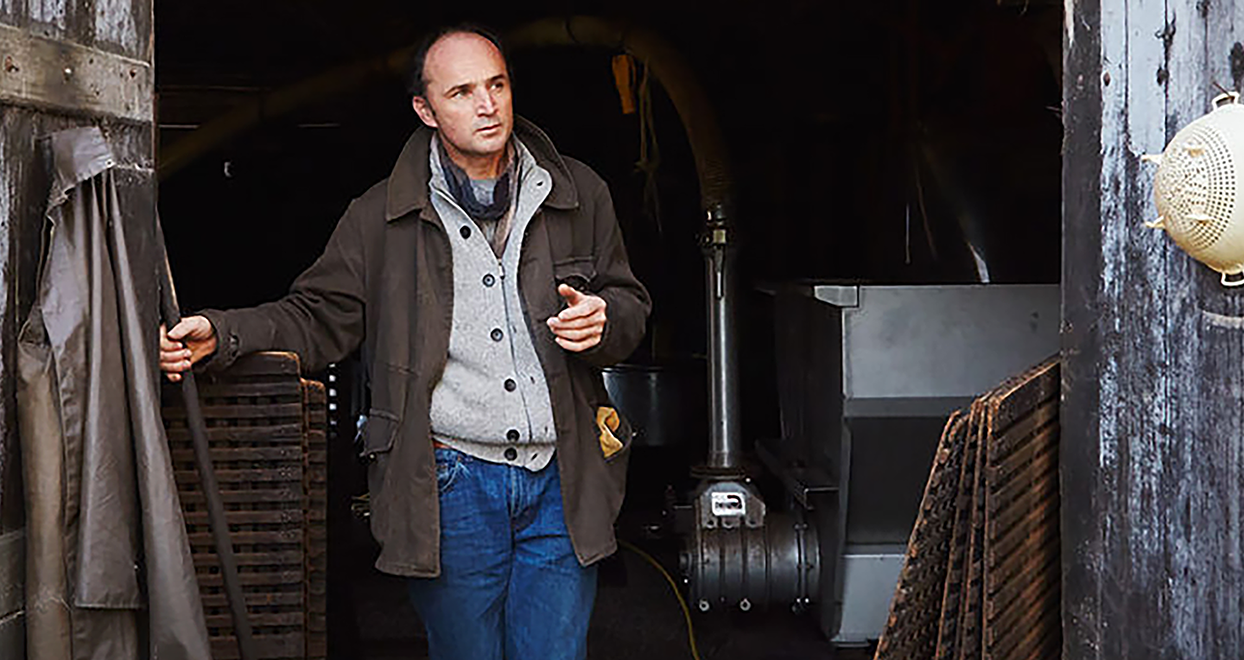 Region:
Region: -
Description:
Aaron & Cara Mockrish ended up in North Yuba County with the intention of establishing a farm, but a bottle of Clos Saron Black Pearl 2008 sent them off on an unexpected path to winemaking. Having tasted the wine, they found that the man who made it lived near to their farm. It was there, in Oregon House, California, that they found Gideon Beinstock, his tiny home vineyard, and their future.
They began learning from Gideon, working in the vineyards to the winery and everything in between, and it was clear that not only was this the life for them, that this was a singular place and the wines were unlike anything else. Shortly after producing their first vintage in 2015, they were able to secure access to a large portion of the Renaissance Vineyards, where they have been carefully farming multiple blocks of old, own-rooted, and dry farmed vines. In addition to their work at the Renaissance Vineyard, Aaron and Cara are establishing new vines on the steep, rocky slopes of their home vineyard, as well as tending to a 12-acre plot of mixed varieties in Grass Valley.
The hard work in the vineyard and cellar are clear when you taste the wines of Frenchtown Farms. They are part of a tradition while carving out a singular voice of their own.
Image: Region:
Region: -
Description:
The brothers Ramirez, Pedro and Antonio, have been running Fronton de Oro since the early 2000’s. Their estate on the hills of La Lechuza, a small town on the island of Gran Canaria, was created by their dad in the 1970’s. D. Antonio Ramirez at first envisioned a whole farm on the land, and he planted vegetables as well as vines. Today the brothers mainly focus on cultivating the local varietals, Listan Negro, Listen Prieto, Negramoll, Maramajuelo, and Tintilla (also know as Trousseau), all in very poor volcanic/clay soils. Their vineyards are planted on some of the highest-elevation sites in Gran Canaria - many above 3,000 feet - and in many cases on terraced slopes, although some are cultivated wildly and untrained. The name of the estate “Fronton de Oro” refers to a huge rock that shines with sunlight (the one that adorns their label) known locally as “El Frontón”. Their entry-level wine, Fronton de Oro Tinto, is one of the most easily recognizable wines from the Canary Islands, while the Tintilla is an outstanding example of what their terroir can produce.
Image: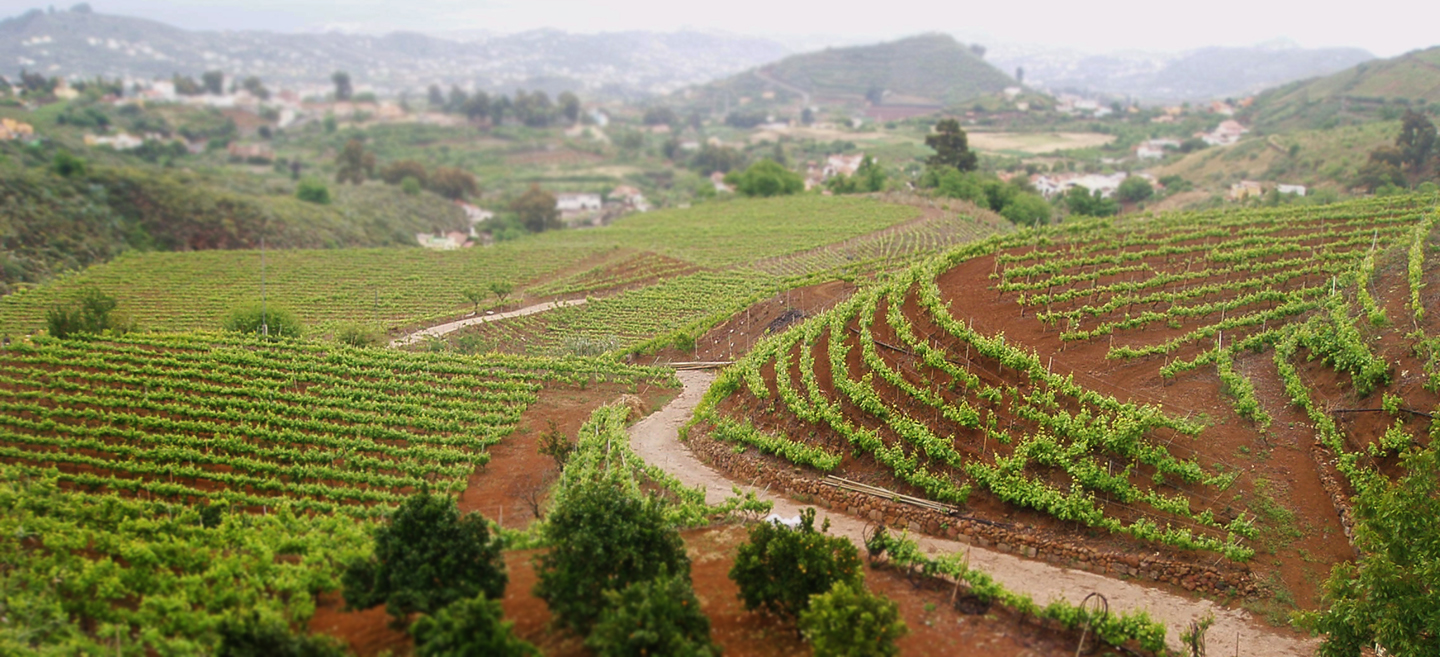 Region:
Region: -
Description:
Weingut Fuchs und Hase is an independent winery founded in 2014 by Stefanie and Alwin Jurtschitsch and Martin and Anna Arndorfer producing exclusively pet-nat wines. The Arndofers and Jurtschitsch's are very good friends and they spend a lot of time together, tasting together, and philosophising about wine over a beer. After learning about pet nat in other countries (none was made in Austria at the time), Martin and Alwin decided that they wanted to try to make some together. They went and shared their idea with their wives, and it turned out that Stefanie had already made one two years earlier as an experiment! She wanted to make a wine without any additions at all. It came out with 5atm's of pressure, so too high for a pet-nat, but it was a learning experience.
Pet-nat is a perfect wine for them to make together because they are philosophically aligned and it's important to work naturally. They are currently working with about three hectares total, each family contributing fruit from one and a half hectares, which are all certified organic and in the Kamptal. They chose to work with vineyard sites that are high elevation, near the forest, sites that have natural acidity and lower alcohol. In Austria, there is a saying, "where the fox and hare say goodnight" and it refers to a remote place surrounded by forest, which is how they came up with the winery name, the Fox and Hare, or Fuchs und Hase.
They make five to seven different cuvees each year, using different varieties. Every wine is a co-fermentation with different grapes and different levels of skin contact. Each cuvee is numbered by "Volume" and the higher the "Volume“ the more skin fermentation was used. The goal is to have velvet tannins which bring structure, stability and diverse flavors. All wines are fermentated with native yeasts, without any additions, and bottled unfiltered - a pure and handcrafted expression of Austrian petillant naturel. When fermentation is finished they bring the bottles out the cellar for a day and use cold winter temperatures in January / February to make tartaric stabilization. In the cold, the wine crystals drop out and afterwards we store the bottles for a short time bottom up before we do a manual disgorgement. Afterwards the wine is topped off with the same wine and sealed with a traditional crown cap.
The wines are fresh and savory, each expressing the variety in the bottle and the crisp, Kamptal fruit. Production is limited and in 2020 totalled approximately 1,500 cases.
Image: Region:
Region: -
Description:
The Fugitives were a group of Vanderbilt writers, poets, and philosophers founded just after World War I by Giles County natives Donald Davidson and John Crowe Ransom. Many of the original Fugitives went on to achieve great acclaim and influence, including Ransom, who chaired the literary department at Kenyon and is considered the greatest native Tennessee poet, and Robert Penn Warren, who won the Pulitzer Prize for “All the Kings Men”.
The mission of Fugitives Whiskey, founded by Tennessee natives Jim Massey and Darren Briggs, is to embrace the Fugitives ideals of honoring Tennessee agriculture and craftsmanship by making small batches of extraordinary whiskey from locally grown ingredients, right down to the charcoal used to filter the whiskey. Copper pot distilled to perfection, each batch is hand-crafted and cut to reveal the boldest flavors and nuance. These spirits are a testament to the creative spirit of Nashville and the love of Tennessee farmlands.
Image: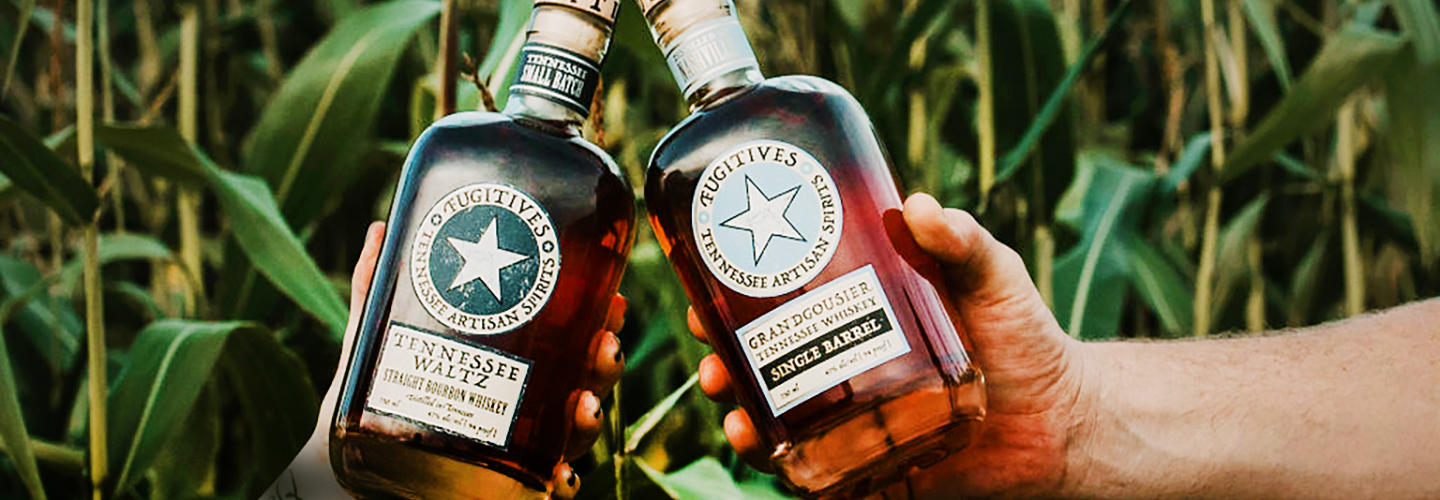 Region:
Region: -
Description:
Mike McCarron has always been a winter person. An avid cross–country skier for many years, coaching and teaching the sport in the U.S. and abroad, his love of Nordic skiing took him, naturally, to Scandinavia. It was in Iceland, at a traditional smørrebrød dinner given by Danish friends, that he was introduced to aquavit, flavored with dill. He was inspired by how the spirit did not dominate, but calmly enhanced the food and pleasant conversation. It added a quiet elegance without being showy.
He returned to Minnesota to find that dill aquavit wasn’t to be found stateside. When years went by and dill aquavit did not appear on the shelves, he decided to take action. With a well–balanced, flavorful recipe for dill aquavit in hand, he contacted a local micro–distillery (45th Parallel) and created Gamle Ode (old ode).
Image: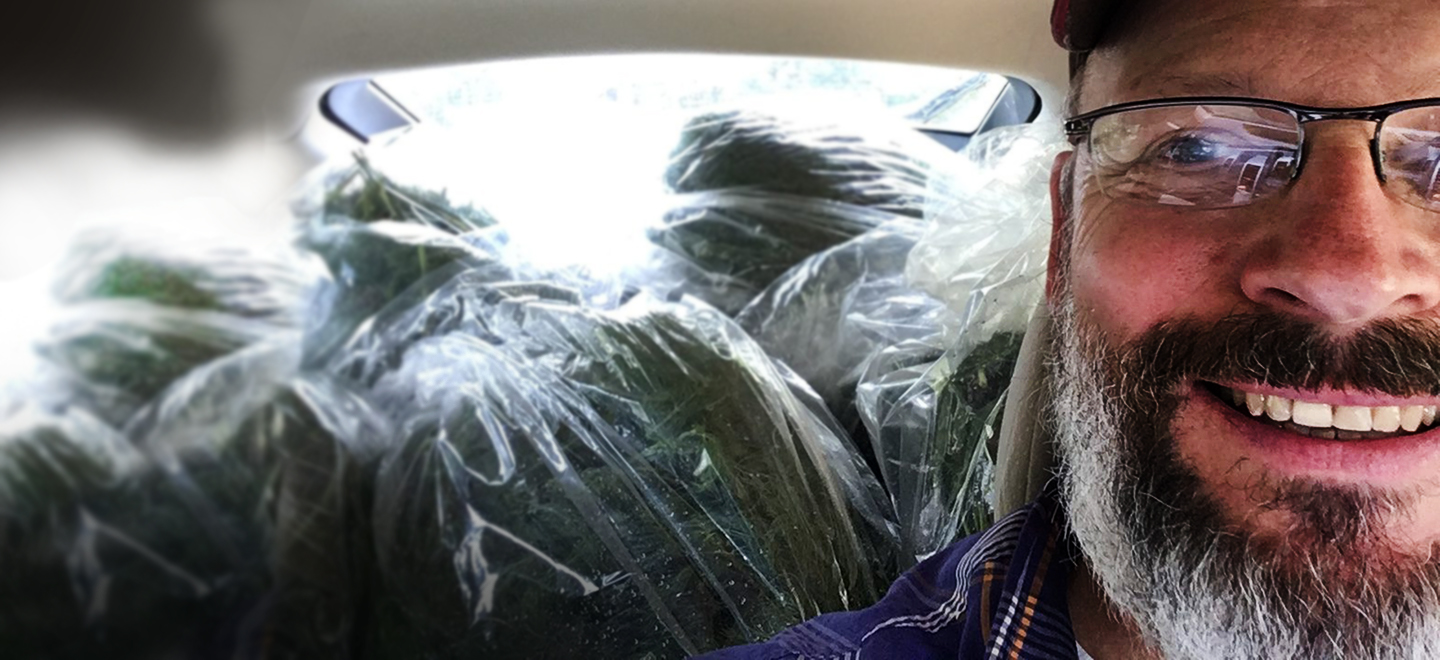 Region:
Region: -
Description:
Gen del Alma began in 2011 when five wine loving friends planted a 7 hectare vineyard in Gualtallary at 1400 meters above sea level on alluvial soils composed of calcium carbonate and granite. The group began making wine in a small winery built in 1952 in the town of Tupungato where they work with concrete vats, concrete eggs and amphorae made from local sand and stone. Matias Prieto farms the vineyards and makes the wines. His pioneering work helped start a trend in Argentina towards fresher and more high toned wines. Fun, light, and bright, we work with an unfiltered Chenin Blanc that comes from Villa Seca, in Tunuyan, as well as a red wine, a blend of Pinot Noir and Malbec that is carbonic macerated, and comes from the estate vineyards in Gualtallary.
This profile and tasting notes were edited from the Brazos Wine website, along with the pictures used. For more information please visit: Brazos
Image: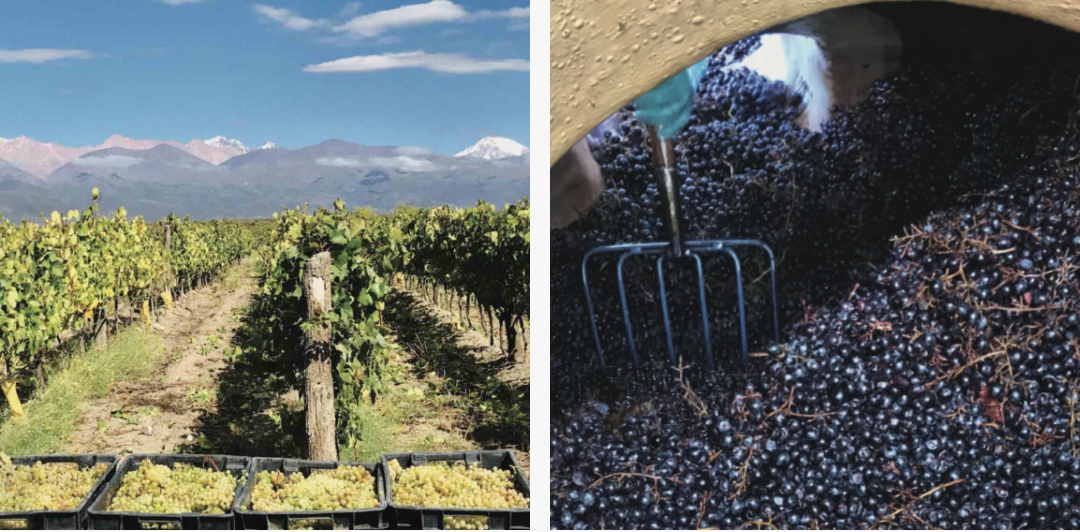 Region:
Region: -
Description:
Casa Aurora is German Blanco's homage to his great-grandmother, one of the first female miners in Spain, who raised him in Albares de la Ribera, a small village in Leon.
Here, in a tiny hamlet just outside the Bierzo DO, German makes pure wines from micro-vineyards that dot the landscape, and are usually planted with very old vines of a variety of different grapes: Palomino, Mencia, Tintorera, Merenzao, Godello, Garnacha... The high-altitude and the iron-rich clay soils of the area gives these mountain wines a great balance between a soft mouthfeel and firm tannins. There is also a fair amount of granitic rocks in the terroir, and these are probably responsible for the floral, distinctive aromas of the wines.
His line-up consists of a few single-vineyard labeled wines, as well as regional ones, and the production - under 10.000 bottles - comes from a mix of purchased fruit as well as from owned vineyards. He farms organically and the wines, made in a tiny cellar as charming as his labels, are made from spontaneous fermentations in a variety of vessels, including amphorae, old foudres, and tanks.
For more about this talented winemaker, visit the Quinta Milú and La Bicicleta Voldadora pages.
BOWLER E-Zine Issue 1 | Q4 2020: Germán Blanco (Milú, Bicicleta) on his Bierzo Winery, Casa Aurora
Image: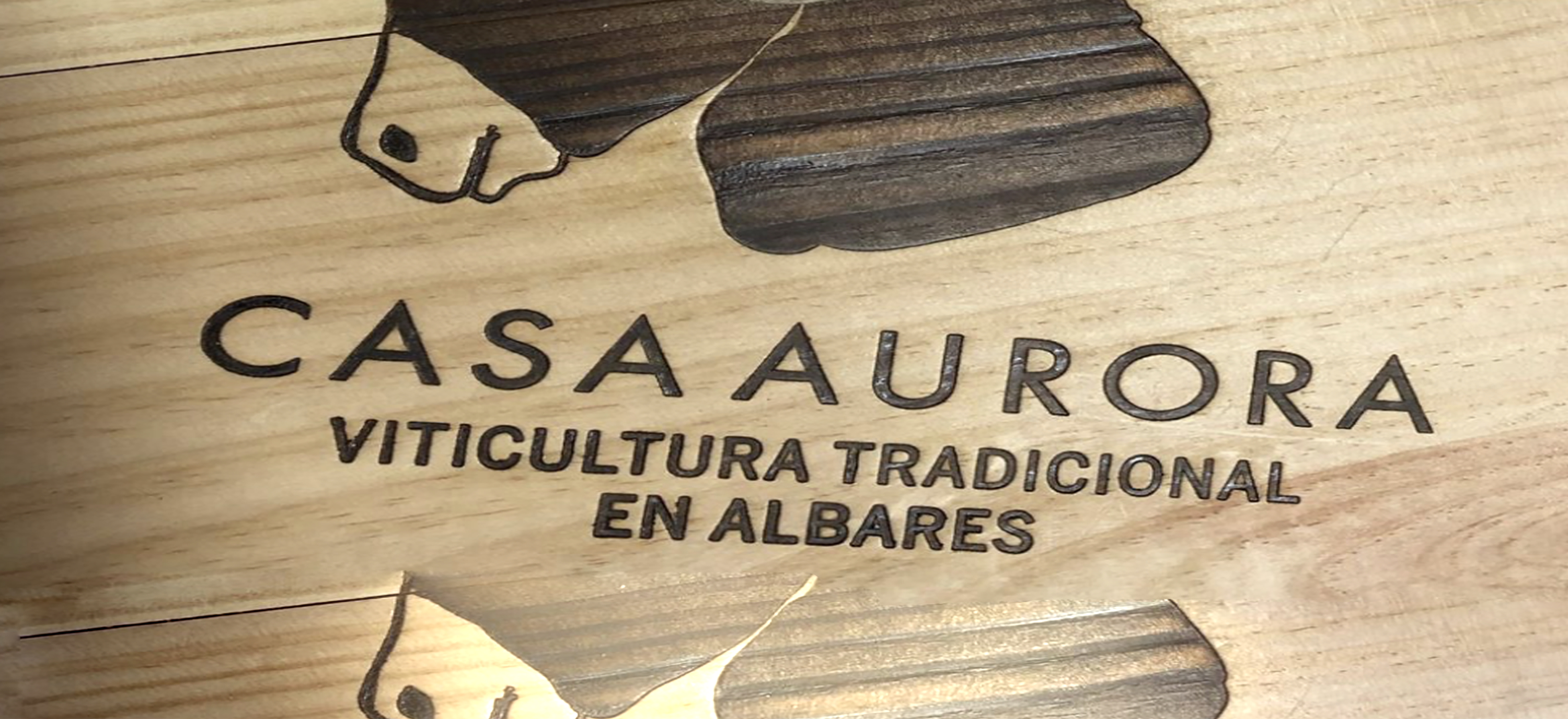 Region:
Region: